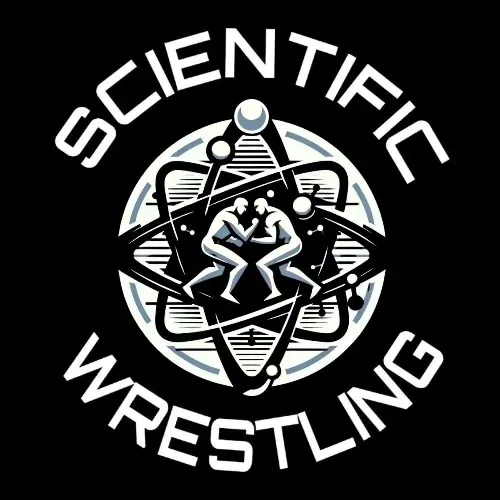The Etymology of Scientific Wrestling

The term “scientific wrestling” has a rich history deeply intertwined with the development of catch-as-catch-can wrestling, a style that emerged in the 19th century. This style, known for its improvisational nature and lack of strict rules, laid the groundwork for what would later be recognized as “scientific wrestling”.
Origins and Development
Catch wrestling originated in the early to mid-1800s in the northern parts of England and Ireland. It was developed by miners who engaged in wrestling matches as a form of entertainment and gambling after long workdays. These matches were characterized by their rough-and-tumble nature, with wrestlers employing any holds they could “catch” on their opponents. The style gained popularity due to its effectiveness and adaptability, leading to its introduction at the 1904 Summer Olympics under the name “freestyle wrestling”.
Transition to Scientific Wrestling
The evolution from catch wrestling to what is known as scientific wrestling involved a shift towards more structured and strategic approaches to grappling. This transition was marked by an emphasis on technique, leverage, and the systematic application of holds, which contrasted with the more chaotic origins of catch wrestling. The term “scientific” was used to highlight this methodical approach, distinguishing it from other wrestling styles that relied more on brute strength or showmanship.
Key Figures and Influence
Several key figures have been instrumental in shaping scientific wrestling. Martin “Farmer” Burns, often referred to as “The Father of American Wrestling,” played a significant role in popularizing and refining the techniques associated with scientific wrestling. His teachings influenced many future champions, including Frank Gotch, who became one of the most celebrated wrestlers of his time.
Ad Santel, another prominent figure, further advanced scientific wrestling by integrating it with other martial arts disciplines such as judo. His encounters with Japanese martial artists helped bridge Western and Eastern grappling techniques, contributing to the development of modern mixed martial arts (MMA).
Modern Era and Scientific Wrestling Today
In contemporary times, scientific wrestling has been revitalized through organizations like Scientific Wrestling™, founded by Jake Shannon in 2003. This organization has played a crucial role in preserving and promoting the art of catch-as-catch-can wrestling through education, training camps, and competitions. It has helped maintain the legacy of scientific wrestling while adapting it for modern audiences and athletes.
Scientific Wrestling™ has also been influential in introducing new training methodologies and fitness tools, such as the Macebell, which have become popular among grappling enthusiasts. This modern approach ensures that scientific wrestling continues to evolve while staying true to its roots in strategic grappling.
Conclusion
The history of scientific wrestling is a testament to the enduring appeal and adaptability of catch-as-catch-can wrestling. From its origins in English mining communities to its modern-day resurgence, scientific wrestling has consistently emphasized technique and strategy over sheer physicality. This focus on methodical grappling has solidified its place as a respected discipline within both traditional wrestling and contemporary combat sports.


